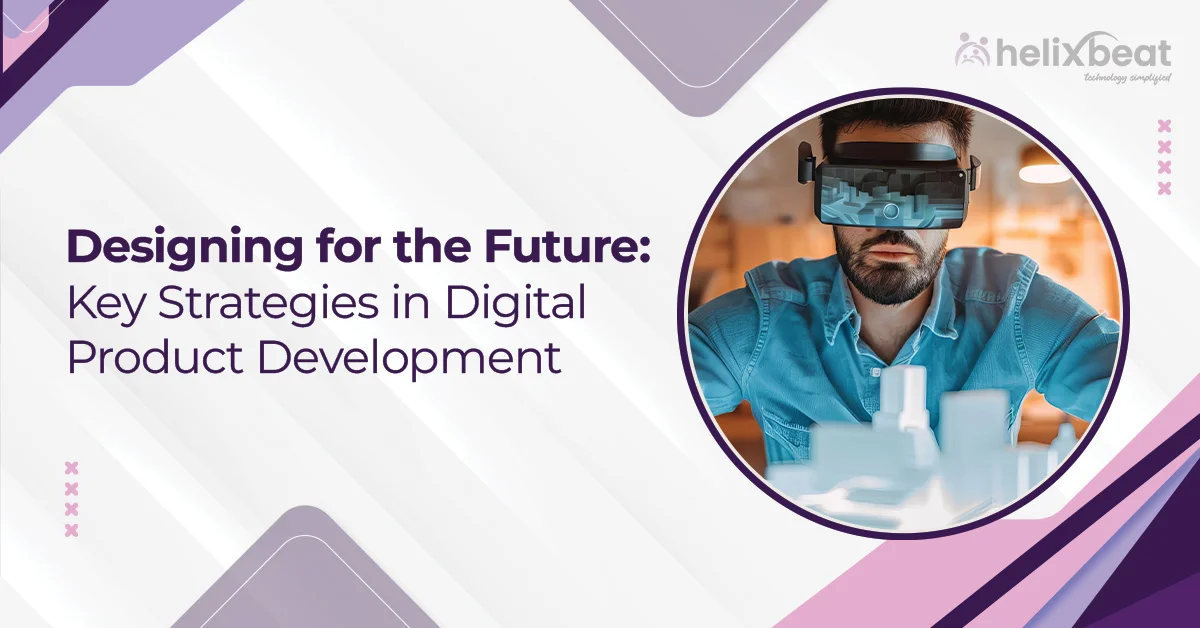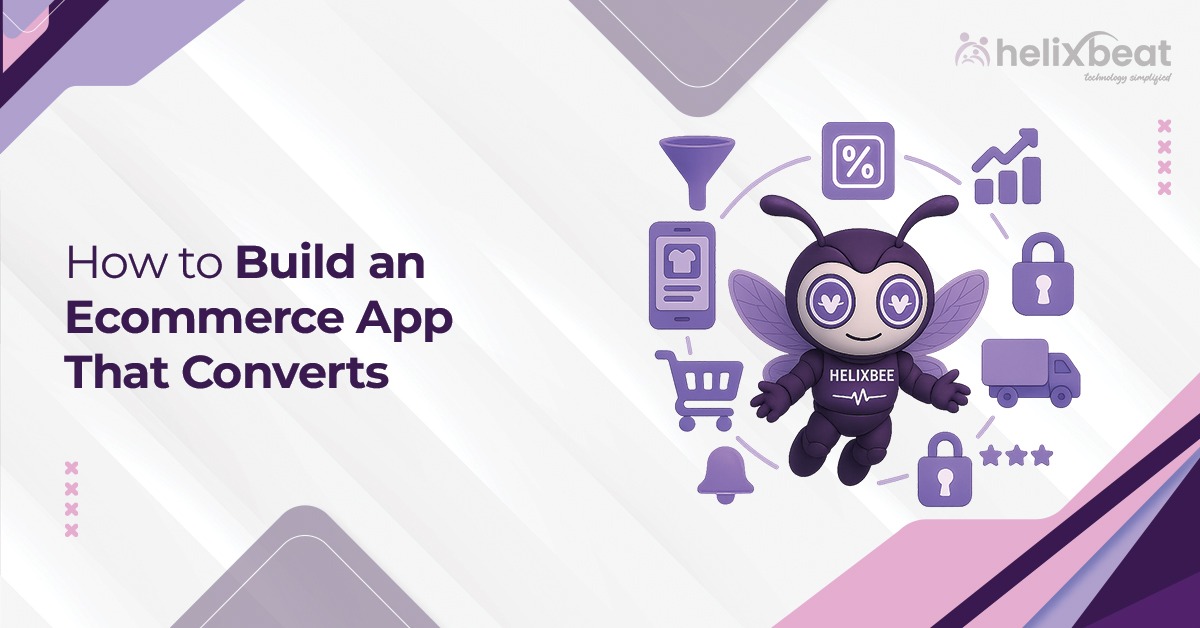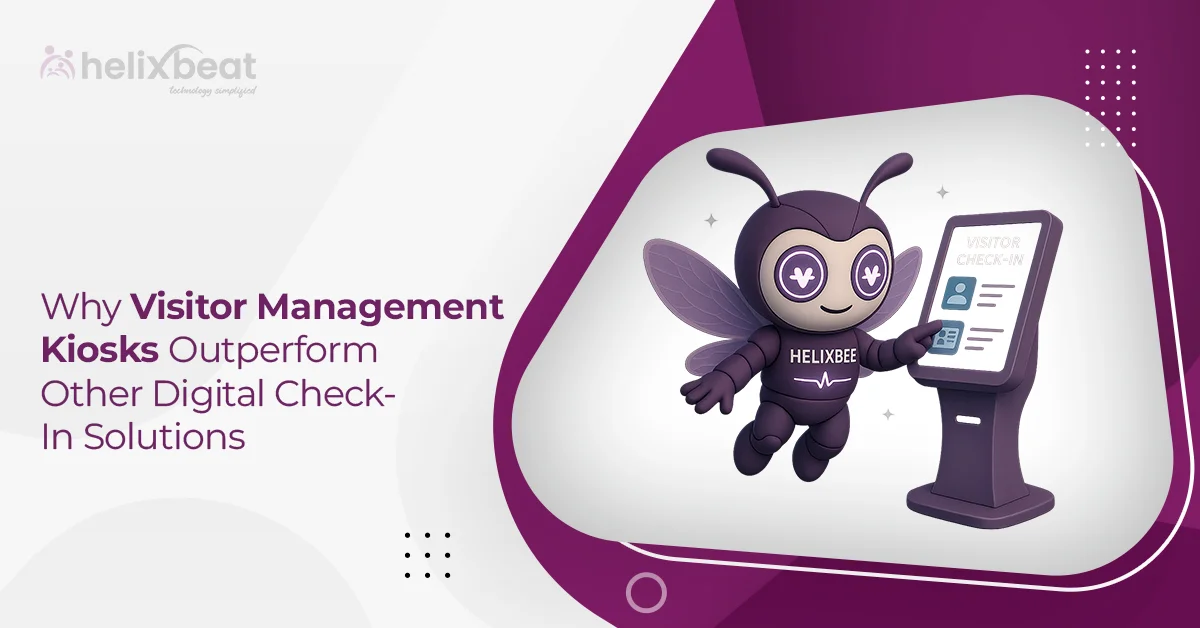A shocking 80% of digital product development projects fail to meet their objectives, often due to poor strategies and unclear goals. This reveals a critical issue in the industry: businesses frequently struggle to create products that align with both market demands and user expectations.
The most common challenge in digital product design and development isn’t the lack of ideas, but the failure to execute those ideas smoothly. Many businesses find themselves caught between innovative concepts and delivering a product that truly resonates with users.
To solve this, companies need a strong digital product strategy that integrates product design innovation strategies and ensures their products grow with the market. Here, we’ll explain key strategies in digital product development.

Table of Contents
Understand Digital Product Development
Digital product development is the process of creating a product that lives entirely in the digital space, whether it’s a mobile app, software platform, or a digital tool. It involves everything from conceptualizing the idea to designing, developing, testing, and ultimately launching the product. The goal is to deliver a solution that meets user needs while being scalable and adaptable to future changes.
A Step-by-Step Guide to Digital Product Development
1. Market Research & Ideation
The first step in digital product development is identifying a gap in the market or a problem that needs solving. This requires extensive market research, competitor analysis, and a thorough understanding of your target audience’s pain points. During this stage, you generate ideas based on user feedback, industry trends, and emerging technologies. The goal is to validate the product concept and ensure it aligns with the market’s needs and expectations.
2. Defining Product Requirements
After ideation, it’s time to define clear product requirements. This involves detailing the product’s core features, functionalities, and user needs. Collaboration with stakeholders, including potential users, product managers, and developers, is crucial for creating a roadmap.
Setting these requirements ensures that everyone is aligned and that the product vision is realistic, achievable, and focused on solving the right problems.
3. Designing the User Experience (UX) & User Interface (UI)
In this stage, the product begins to take shape. UX and UI design focus on how users interact with the product. User flows, wireframes, and prototypes are developed to visualize the design.
The goal is to create a smooth and intuitive experience that prioritizes the user’s needs. Testing these designs with real users through feedback and usability testing helps identify pain points early on, saving time and resources in the long run.
4. Development and Prototyping
Once the design is finalized, the development team begins building the product. This step involves coding the product’s front-end (what users see) and back-end (the infrastructure that supports it). Agile methodologies are often employed here, enabling iterative development and continuous testing.
During this phase, developers may create early-stage prototypes or minimum viable products (MVPs) to test functionality and gather feedback before moving to full-scale development.
5. Testing & Quality Assurance
Testing is a critical step that ensures the product functions as intended and is free from bugs or glitches. Various types of testing, including functional testing, performance testing, and security testing, are conducted to identify any issues.
Quality assurance (QA) ensures that the product meets the highest standards and adheres to industry regulations. Early and frequent testing helps identify and address problems before the product goes live, preventing costly fixes later.
6. Launch & Deployment
After extensive testing and adjustments, the product is ready for launch. This phase includes preparing the deployment environment, setting up servers, and ensuring the infrastructure can handle user traffic.
A soft launch or beta version may be used to test the product with a limited audience before the full-scale launch. The launch strategy includes marketing, user education, and support systems to make sure a smooth transition to market.
7. Post-Launch Monitoring & Iteration
The launch is not the end of the development process; it’s just the beginning. Post-launch monitoring involves tracking the product’s performance, user engagement, and feedback. Analytics tools help measure success and uncover areas for improvement.
Based on the feedback, continuous updates and iterations are made to enhance the product, fix bugs, and add new features. This ensures the product evolves with changing user needs and stays competitive in the market.
Estimated Cost of Digital Product Development
| Level of Product Complexity | Estimated Cost |
| Low Level | $25,000 – $65,000 |
| Medium Level | $65,000 – $95,000 |
| High Level | $100,000 or more |
Trending Digital Products: You Need to Know
1. Artificial Intelligence (AI) Powered Tools
AI-driven products are revolutionizing industries by automating processes, enhancing user experience, and providing data-driven insights. From AI chatbots that handle customer service inquiries to AI-based design tools that assist in content creation, businesses are leveraging AI to improve efficiency and personalization.
Products such as AI-powered virtual assistants and machine learning platforms are in high demand, with industries like healthcare, finance, and e-commerce benefiting the most from these innovations.
2. Health and Fitness Apps
The rise of health and fitness apps has seen a surge, particularly post-pandemic, as people increasingly focus on their well-being. These apps integrate features like personalized workout plans, nutrition tracking, and mental health support, all tailored to individual user needs.
With the growing trend of wearable technology, such as smartwatches that track physical activity and health metrics, digital health products continue to grow. Telemedicine apps are also gaining popularity, providing virtual consultations and remote patient monitoring for convenient healthcare access.
Digital Product Design and Development Challenges and How to Conquer Them
Creating a successful digital product isn’t without its challenges. As businesses struggle to meet user needs and market demands, they face several roadblocks that can derail development if not addressed effectively. Here are some of the most common challenges and how to overcome them:
1. Misaligned Product Vision
A common issue in digital product development is the misalignment between stakeholders, whether it’s between product managers, developers, or clients. Without a clear, shared vision, teams often work in silos, leading to confusion and delays.
Solution: To overcome this, ensure that all stakeholders are aligned from the outset. Create a detailed product roadmap and engage in regular communication to align objectives and expectations.
2. Inadequate User Research
Products designed without sufficient user research are likely to fall short. Failing to understand user pain points, behavior, and needs results in a product that doesn’t resonate with the target audience.
Solution: Invest time and resources into thorough user research. Conduct surveys, user interviews, and usability testing to gather insights, and ensure the product addresses real user problems. Use these insights to build personas and refine the user journey.
3. Scope Creep
As the development process progresses, there’s often pressure to add extra features or make adjustments that weren’t initially part of the plan. This is called scope creep and it can derail timelines, increase costs, and affect the product’s quality.
Solution: Clearly define the project scope upfront and stick to it. If changes are necessary, ensure they are evaluated carefully for their impact on the timeline, budget, and overall objectives. Regularly review progress to ensure the scope remains in control.
4. Changing Market Demands
The digital product landscape is constantly evolving, with new trends, technologies, and user expectations emerging regularly. Products that don’t keep pace with these changes risk becoming obsolete.
Solution: Stay adaptable and continuously monitor industry trends. Adopt an agile development process that allows for rapid iteration and responsiveness to market shifts. Be open to making adjustments after launch based on user feedback and changing conditions.
By proactively addressing these challenges with clear strategies, businesses can increase the chances of building successful digital products that meet user needs, stay ahead of the competition, and achieve long-term success.
Helixbeat’s Product Development Service: Bringing Your Ideas to Live
At Helixbeat, we help turn your product ideas into real, working solutions. Our product development services cover everything from planning and design to building, testing, and launching your product. Whether you’re creating a mobile app, a web platform, or a custom solution, we are here to guide you through the entire process.
We begin by understanding what you need and what your users want, ensuring the product aligns with your goals. Our team utilizes the latest technologies and industry best practices to develop high-quality products that support your business growth. With Helixbeat, you can launch your product with high quality. Book a free call with us.
FAQ:
1. What is digital product design and development?
Digital product design and development involves creating digital products like apps and websites, from planning the user experience (UX) and user interface (UI) to building and testing the product to ensure it meets user needs.
2. What is an example of a digital design?
An example of digital design is the UI of a mobile app, including its layout, buttons, and overall look, or the web design of an e-commerce site focused on a smooth shopping experience.
3. Which is the best digital product development service?
The best digital product development services provide end-to-end support, including market research, UX/UI design, development, and post-launch support. Helixbeat is an example of a service provider that excels in creating scalable and user-friendly digital products.
4. What are the key steps involved in digital product design and development?
The key steps include:
- Market Research & Ideation
- Defining Product Requirements
- UX/UI Design
- Development
- Testing & QA
- Launch & Deployment
- Post-Launch Monitoring
5. Why is digital product design and development important for startups and tech companies?
It helps startups and tech companies create innovative, user-centered products that meet market demands, build brand credibility, and drive growth. Effective product development ensures companies stay competitive and relevant in the market.














